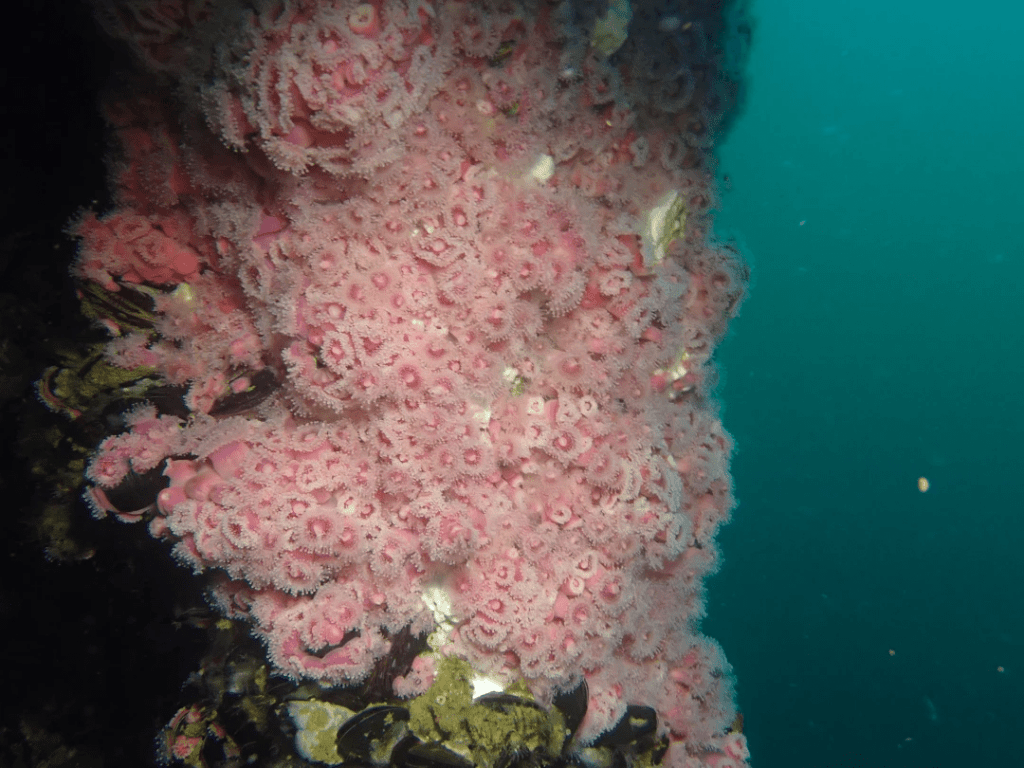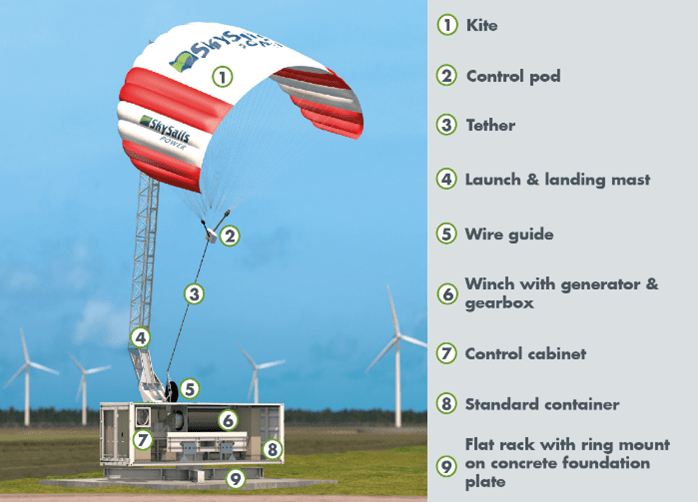by Renan Valenca
There are currently 27 oil and gas platforms off the coast of California. These platforms are expected to last between 35 to 45 years, after which they must be decommissioned. In many parts of the world, these platforms are transformed into artificial reefs which serve as a hub for marine life. In California, however, the law requires that the oil company completely remove the platform from the ocean which may have drastic financial and environmental impacts. First, the complete removal of a platform may cost up to $500,000,000 depending on the depth under the platform, age, location, and size of the platform. In addition, previous studies have shown that O&G platforms off the coast of California produce 27 times more secondary fish than natural rocky reefs and serve as a station in the migration route of certain fish species [1, 2]. Thus, the complete removal of the platform would drastically affect marine life (Figure 1). The rigs-to-reef project – which involves the transformation of O&G platforms into artificial reefs – would be ideal to preserve marine life, but the project must be developed further in California.

Figure 1 – Photograph of the aquatic ecosystem formed naturally in the platform Elly off the coast of California. Source: Paige Zang (UCLA graduate student and diver).
Politicians argue that oil companies are prone to go after the rigs-to-reef project because they do not want to spend money removing these platforms. In addition, there is a liability problem that politicians often talk about: Who will be accountable for this artificial reef in the long-term?. These are two main issues that block the development of the rigs-to-reef project in California. In the meantime, although oil companies would like to decommission them, they continue to extract a minimum amount of petroleum from the platforms to claim that the platform is still functional and decommissioning is not needed [3]. A way to work around this problem for all parties (e.g. government, oil company, and marine environment) would be to re-purpose these O&G platforms into a renewable energy farm. In this way, oil companies would still be operating in the energy sector, the government would not be accountable for the platform, and the marine environment would be preserved.
O&G platforms have a robust infrastructure that could allow the implementation of multiple environmental-friendly projects. To generate renewable energy, wind-based systems such as SkySails technology (wind production with kites) and solar panels could be implemented in the platforms. SkySails technology is recommended as this technology comes ready inside of a container (Figure 2) and it can be easily implemented in remote areas [4]. Moreover, SkySails possesses a smart technology that can automatically retract the system in case of extremely bad weather. The energy produced in the platforms would be transported to land using the pre-existing pipes that were used to transport oil in the past. In addition to renewable energy, the platforms could serve as educational properties through diving and field research experiments. The platforms could also host oyster farms, which may also help to remove carbon dioxide from the atmosphere. All of these approaches would help oil companies offset their carbon footprint and move the world into a more sustainable trajectory by reducing oil and gas extraction.
For this multi-purpose project to advance in California, we must pressure the local authorities to discuss the environmental impacts related to O&G platforms. Currently, the government approach is stimulating the platforms to continue their oil and gas extraction instead of providing alternatives to decommissioning these platforms. Public awareness based on scientific evidence will help move politicians into discussing the current challenges that the oil industry is facing regarding the decommissioning of O&G platforms off the coast of California and converting these into a multi-purpose environmental system.
References:
- Claisse, J.T., Pondella, D.J., Love, M., Zahn, L.A., Williams, C.M., Williams, J.P. and Bull, A.S. (2014) Oil platforms off California are among the most productive marine fish habitats globally. Proceedings of the National Academy of Sciences 111(43), 15462-15467.
- Fujii, T. and Jamieson, A.J. (2016) Fine-scale monitoring of fish movements and multiple environmental parameters around a decommissioned offshore oil platform: A pilot study in the North Sea. Ocean Engineering 126, 481-487.
- https://www.latimes.com/california/story/2021-11-29/failures-of-california-rigs-to-reefs-program-offshore-oil
- https://skysails-group.com/
Renan is part of the 2021-2022 program cohort and a PhD candidate inCivil & Environmental Engineering at UCLA. His focuses on boosting the resiliency of stormwater biofilters using fungal-based methods to mitigate the impacts of climate change stressors on the quality of surface and subsurface water.
The blog is part of the INFEWS Social Media Series and the Field Lab course.

